Introduction to Morel Mushroom Hunting
Morel mushrooms (Morchella spp.) stand as one of nature's most prized culinary treasures. With their distinctive honeycomb-patterned caps, earthy flavor, and elusive growing habits, morels have captured the hearts of foragers and chefs alike. The thrill of hunting for these delectable fungi in spring woodlands has become something of a tradition for many outdoor enthusiasts.
Unlike cultivated mushrooms you find in grocery stores, morels primarily grow wild and have resisted most commercial cultivation attempts. This makes the annual spring hunt for these mushrooms all the more special – a limited-time opportunity to connect with nature and harvest one of its most delicious offerings.
This comprehensive guide will walk you through everything you need to know about how to pick morel mushrooms successfully – from proper identification and essential tools to harvesting techniques and sustainable foraging practices. Whether you're a novice mushroom hunter eager for your first find or an experienced forager looking to refine your skills, this guide will help ensure your morel hunting adventures are both productive and environmentally responsible.

Understanding Morel Mushrooms: Identification Basics
Before you embark on a morel hunting expedition, it's crucial to learn how to identify these mushrooms correctly. Proper identification is essential not only for a successful harvest but also for your safety, as some mushroom species can cause adverse reactions or even be toxic.
Key Characteristics of True Morels
Morels have several distinctive features that make them relatively easy to identify once you know what to look for:
-
Honeycomb Cap Structure: Look for mushrooms with a cone-shaped cap with many crevices like a sponge. This pitted and ridged pattern is a hallmark feature of true morels.
-
Hollow Interior: When you slice them open, all true morels are hollow inside. Both the stem and cap should be completely hollow when cut lengthwise.
-
Cap-to-Stem Attachment: In true morels, the cap is completely attached to the stem without any loose, hanging "skirt."
-
Color Variations: Morels can range in color from light blonde or yellow to gray and black. The specific species of morel will determine its color, but all share the distinctive honeycomb pattern.
Distinguishing from False Morels
Several mushroom species are commonly confused with true morels, some of which can be toxic. These "false morels" (such as Gyromitra species) have some visual similarities but can be distinguished by careful observation:
-
Cap Structure: True morels always have a "honey-comb" textured cap, while false lookalikes often have more of a folded, brainy texture.
-
Interior: While true morels are completely hollow, false morels typically have a solid or chambered interior filled with cottony tissue.
-
Cap Attachment: False morels often have caps that hang freely from the stem rather than being fully attached.
-
Color: Some false morels have a reddish hue, which is uncommon in true morels.
If you're ever uncertain about a mushroom's identity, the safest approach is to leave it behind. As the old forager's saying goes: "When in doubt, throw it out."
When and Where to Hunt for Morels
Timing and location are crucial factors in successful morel hunting. Understanding the seasonal patterns and preferred habitats of morels will significantly increase your chances of finding these elusive mushrooms.
Optimal Season for Morel Hunting
Morels are spring mushrooms with a relatively short growing season:
-
Spring Emergence: Spring is your time. The old rule of thumb is to start poking about as soon as the deciduous trees in your area have leaves that are just popping.
-
Temperature Indicators: Morels typically begin to appear when soil temperatures reach around 50-60°F (10-15°C). Nighttime temperatures that stay consistently above 50°F are a good indicator that morel season has begun.
-
Regional Timing: The months where morels will be most prevalent in the U.S. are March, April, May, and June. Southern regions see earlier emergence, while northern areas and higher elevations experience later morel seasons.
-
Duration: The morel season typically lasts 2-3 weeks in any given location, though this can vary based on weather conditions.
Prime Habitats for Morel Mushrooms
Morels have specific habitat preferences that can guide your search:
-
Tree Associations: Morels grow under or around decaying elms, ash, poplar and apple trees. Other productive areas include around oak and pine trees.
-
Disturbed Ground: Disturbed ground, clear cuts, and wildfire burns all tend to precede a boom in morel growth. Areas that experienced forest fires the previous year are particularly productive.
-
Forest Edges: Morels often favor the transitional zones between woods and clearings, particularly south-facing slopes that warm more quickly in spring.
-
Soil Conditions: Wooded areas that receive moisture are the best places to look. Concentrate on well-drained areas that receive plenty rainfall, but don't necessarily hold it.
Weather Patterns and Morel Growth
Weather plays a significant role in morel emergence and growth:
-
Moisture: Morels thrive in moist conditions, often appearing after spring rains. However, excessively wet conditions can reduce morel growth.
-
Temperature Fluctuations: A period of warm days and cool (but not freezing) nights often triggers morel emergence.
-
Seasonal Progression: The morel season tends to "move uphill" as spring progresses, with higher elevations producing morels later than lowlands.

Essential Tools for Morel Hunting
Having the right equipment will enhance your morel hunting experience and help ensure you harvest your finds properly. Here are the essential tools every morel hunter should consider:
The Right Knife
A good knife is perhaps the most important tool for morel hunting:
-
Specialized Mushroom Knives: The most essential tool for mushroom hunters is a good quality knife. A sharp knife is essential for cutting the mushroom cleanly from the stem, which helps to avoid damaging the mushroom or its surrounding environment.
-
Features to Look For: The ideal mushroom knife has a curved blade to reach around stems easily, a comfortable handle for extended use, and sometimes includes a built-in brush for cleaning debris from mushrooms.
-
Popular Options: The Opinel No. 08 Mushroom Knife is particularly well-regarded among foragers for its curved stainless steel blade and integrated boar-hair brush for cleaning.
Proper Carrying Containers
How you transport your morels can affect both their quality and the sustainability of your harvest:
-
Mesh Bags: The mesh mushroom hunting bag can release the spores from the mushrooms, allowing the spores to escape easily, helping to regenerate as many mushrooms as possible, and maintaining the local ecological balance.
-
Baskets: Traditional woven baskets provide good airflow and protect delicate mushrooms from being crushed.
-
Breathable Containers: Whatever container you choose, ensure it allows for airflow to prevent your morels from becoming soggy or spoiling during your hunt.
Additional Helpful Equipment
Several other items can enhance your morel hunting experience:
-
Walking Stick: Useful for moving leaf litter and undergrowth without bending over repeatedly.
-
GPS or Mapping App: Helps mark productive spots for future visits and ensures you don't get lost in unfamiliar woods.
-
Field Guide: A reliable mushroom field guide specific to your region can help with identification.
-
Moisture-Wicking Clothing: Comfortable, weather-appropriate attire that can handle brush and light rain.
-
Bug Repellent: Spring in the woods often means insects; come prepared.
Proper Techniques for Harvesting Morels
How you pick morels matters not only for the quality of your harvest but also for the sustainability of the morel population and the health of the ecosystem. Following proper harvesting techniques ensures you can enjoy morel hunting for years to come.
The "Pinch or Cut" Method
The recommended technique for harvesting morels is to either pinch or cut them at the base:
-
Cutting Technique: Never pull the mushroom out of the ground by hand. Always cut off the morel cap at the top of the stem with a sharp knife.
-
Pinching Method: When harvesting, pinch or cut the stem just above the soil to leave the base of the mushroom in the soil.
-
Benefits: This approach leaves the base of the mushroom and the underground mycelium intact, potentially allowing for future growth. It also results in cleaner mushrooms that require less preparation later.
What to Avoid When Harvesting
Certain practices can damage morel patches and should be avoided:
-
Pulling: Never pull the mushroom out of the ground by hand. This can damage the underground mycelium network.
-
Digging or Raking: Do not dig, rake or scrape the forest floor. This could harm the mycelium, which produces the mushroom.
-
Over-Harvesting: Never "clear cut" a patch of morels. Leave some behind to release spores and ensure future harvests.
Sustainable Harvesting Practices
Responsible foraging ensures morels will continue to thrive in your hunting grounds:
-
Selective Harvesting: Close observation will show that some of the specimens may be either too mature or too small to harvest. Harvest healthy specimens.
-
Spore Dispersal: Using mesh bags allows spores to fall from your harvested morels as you walk, potentially seeding new growth.
-
Minimal Impact: Tread lightly in morel habitat, staying on established paths when possible and minimizing disturbance to the forest floor.
After the Hunt: Handling Your Morel Harvest
Once you've successfully harvested morels, proper handling is essential to preserve their quality and prepare them for consumption.
Cleaning Morels
Morels often harbor dirt, debris, and occasionally small insects in their pitted caps:
-
Field Cleaning: Use a soft brush (like the one on a mushroom knife) to gently remove loose dirt and debris while still in the field.
-
Thorough Cleaning: Cut them in half (lengthwise) when you get home. An added bonus to cutting them in half is that they dry faster if you're dehydrating them. They are also easier to clean when you can take a good look inside for any sneaky dirt clods or hitchhikers.
-
Water Rinsing: If necessary, a brief rinse or soak in cool, lightly salted water can help remove remaining dirt and encourage any insects to exit. However, avoid prolonged soaking, which can make morels soggy.
Storage Options
Proper storage will extend the life of your morel harvest:
-
Short-Term Refrigeration: Refrigerate debugged mushrooms between 34 degrees and 35 degrees F. Wrap them in a paper bag or waxed paper.
-
Avoiding Plastic: Nonporous plastic bags are not the best choice as plastic accelerates mushroom deterioration.
-
Drying: For longer-term storage, drying morels is an excellent option. Once completely dry, they can be stored in airtight containers for months.
-
Freezing: Briefly sautéed morels can be frozen for later use in soups and sauces.
Safety Considerations for Morel Hunting
Safety should always be a priority during your morel hunting expeditions, both in terms of mushroom identification and general outdoor safety.
Proper Identification Precautions
Consuming misidentified mushrooms can have serious health consequences:
-
When in Doubt: An old mushroom hunter's axiom states, "When in doubt, throw it out." This is a good rule to follow.
-
Expert Consultation: If you're new to mushroom hunting, consider joining a local mycological society or foraging with experienced hunters before consuming your finds.
-
Cooking Requirement: Morels should be fully cooked before being eaten. Never consume raw morels, as they contain compounds that can cause digestive upset unless properly cooked.
General Outdoor Safety
Morel hunting often takes you into remote woodland areas:
-
Navigation: Always let someone know where you'll be hunting and when you expect to return.
-
Weather Preparation: Spring weather can be unpredictable; dress in layers and be prepared for changing conditions.
-
Wildlife Awareness: Be mindful of local wildlife, including ticks, snakes, and larger animals depending on your region.
-
Land Access: Pickers will also be protecting the morel fungus, which produces the edible fruit body, and they will be protecting the site that supports it. Always obtain proper permissions for private land and follow regulations for public lands.

Morel Hunting Etiquette and Regulations
Responsible morel hunting extends beyond sustainable harvesting to include proper etiquette and legal considerations.
Public Land Regulations
Different public lands may have specific rules regarding mushroom harvesting:
-
Permit Requirements: Some national forests, particularly those with recent burn areas, require permits for mushroom collection.
-
Quantity Limits: Morels found on public land are for personal use and cannot be sold! Many public lands have limits on how many pounds of mushrooms you can harvest.
-
Seasonal Restrictions: Some areas may have designated seasons or areas for mushroom collection.
Ethical Considerations
Proper etiquette ensures positive relationships with landowners and other foragers:
-
Permission: Always obtain permission before hunting on private property.
-
Respect for Others: Be mindful of other foragers and avoid "poaching" someone else's known spots.
-
Leave No Trace: Pack out all trash and minimize your impact on the environment.
-
Sharing Knowledge: While it's tradition to keep productive morel spots secret, sharing general knowledge about identification and safe harvesting helps build a responsible foraging community.
Conclusion: The Joy of Morel Hunting
Morel hunting is more than just a pursuit of delicious mushrooms – it's an opportunity to connect with nature, challenge your observation skills, and participate in a time-honored springtime tradition. The thrill of spotting that first morel of the season poking through the forest floor never diminishes, whether you're a first-time hunter or a seasoned veteran.
By following proper identification practices, using appropriate harvesting techniques, and respecting both the environment and regulations, you can enjoy successful and sustainable morel hunting for years to come. Each spring brings a new opportunity to refine your skills and discover the satisfaction of bringing home these wild delicacies.
Whether you're motivated by culinary exploration, outdoor recreation, or simply the meditative experience of slow, careful observation in nature, morel hunting offers rich rewards. So gather your knife and mesh bag, study your field guides, and head to the woods – adventure and delicious morels await!

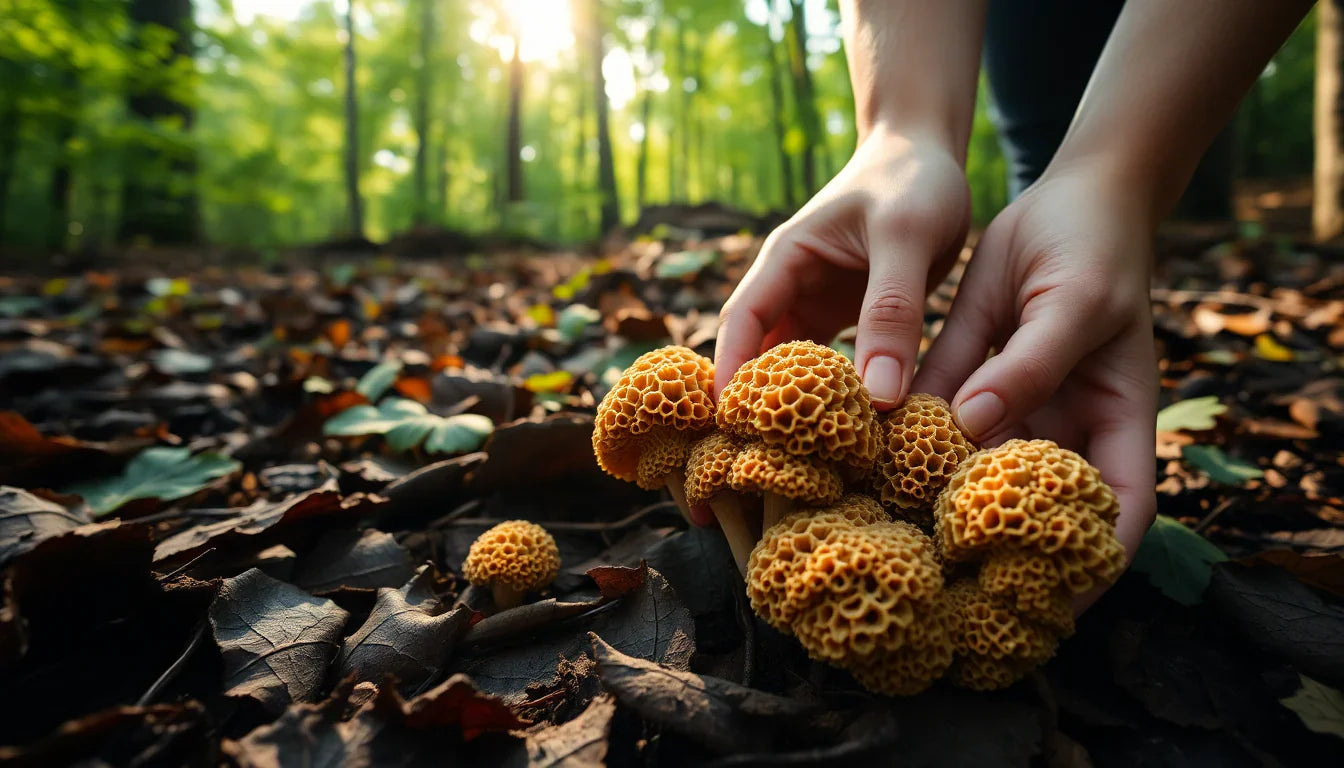
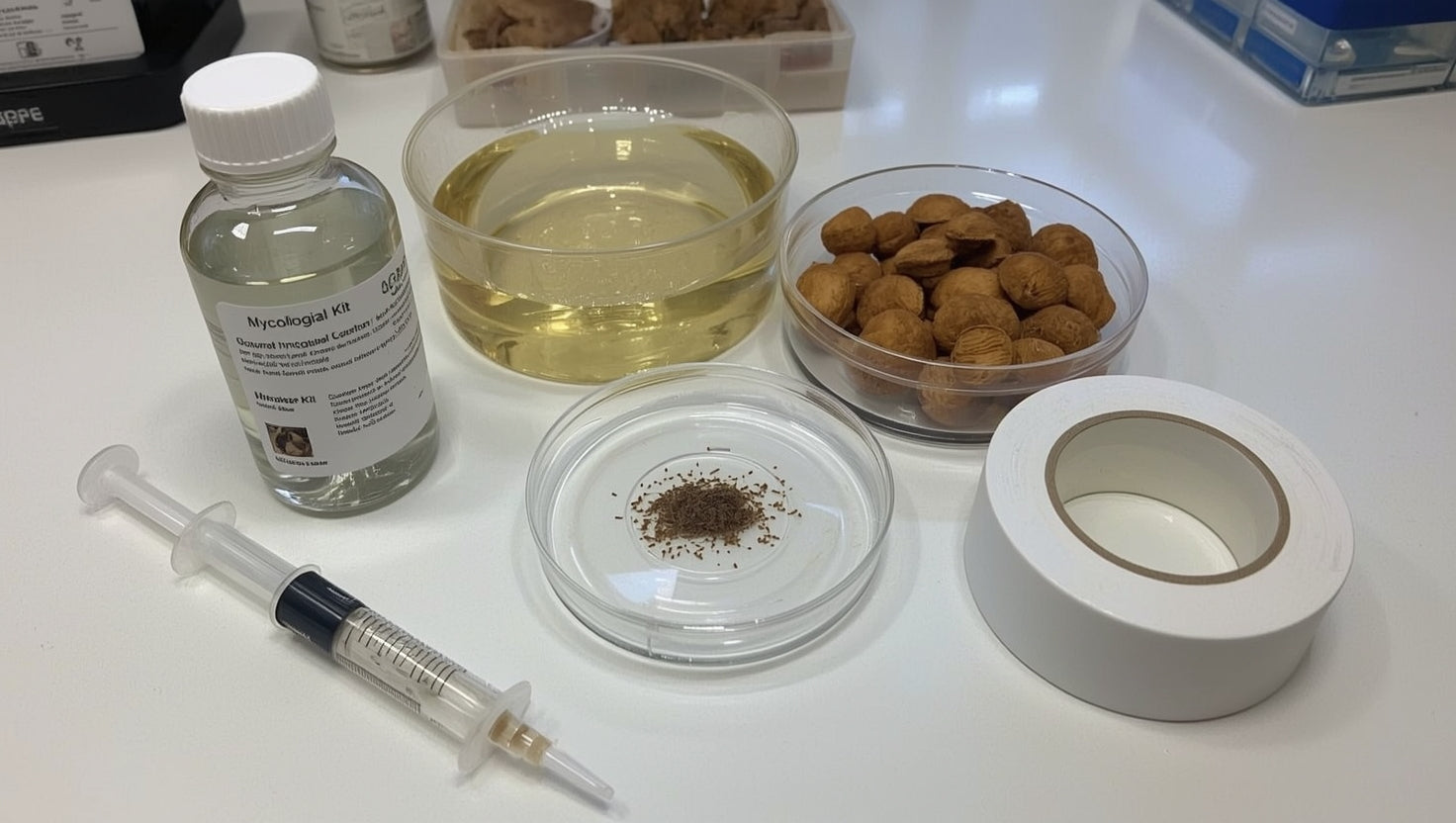
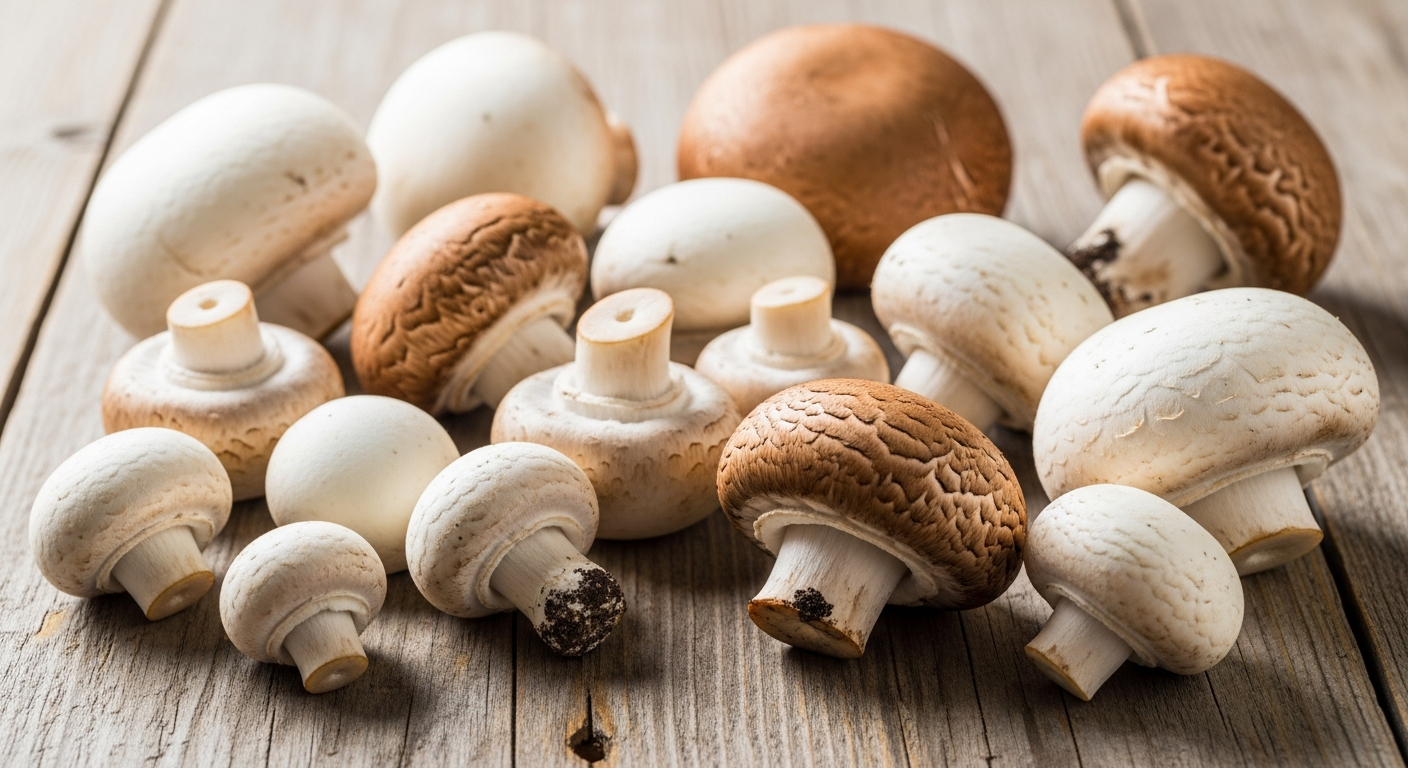
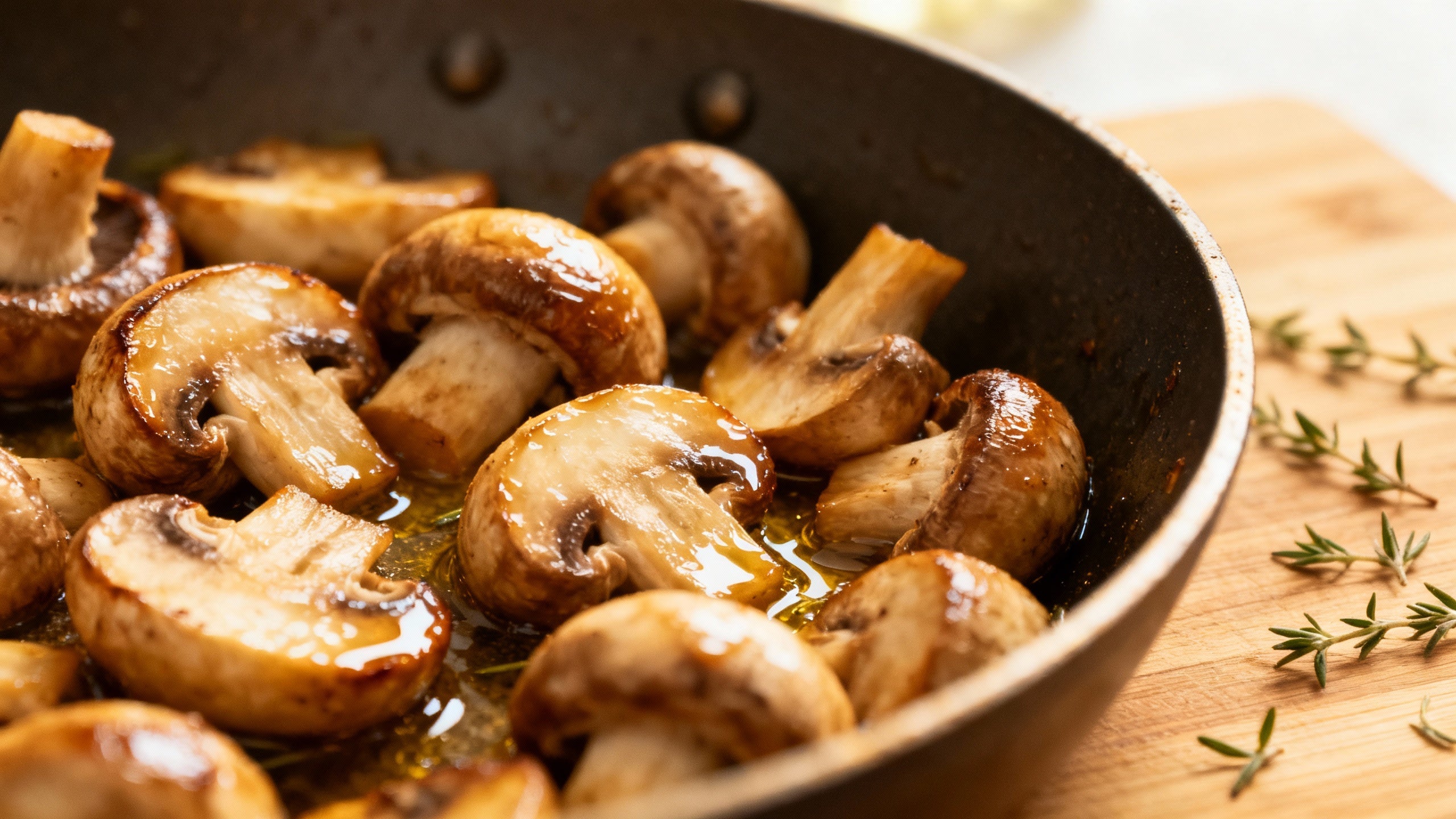
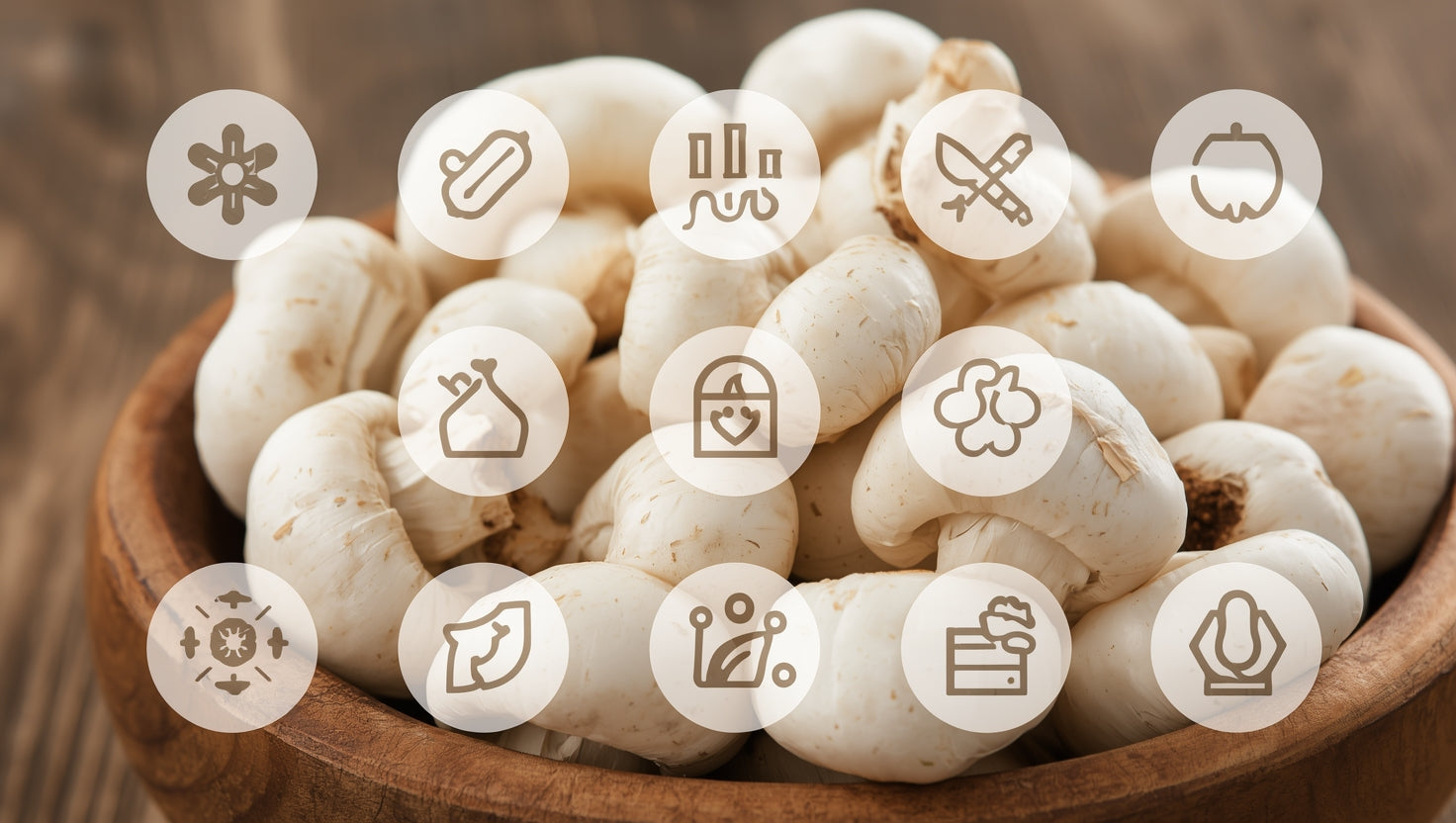
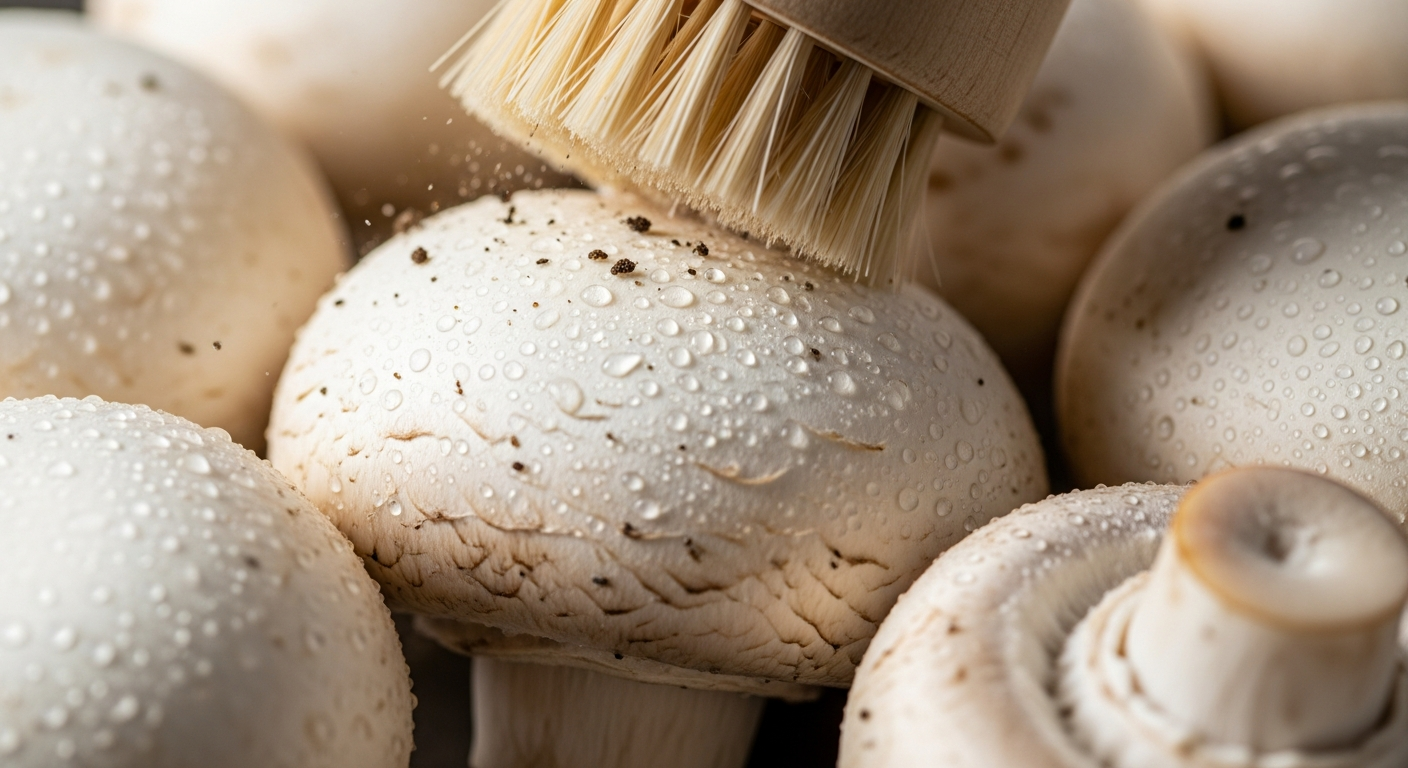
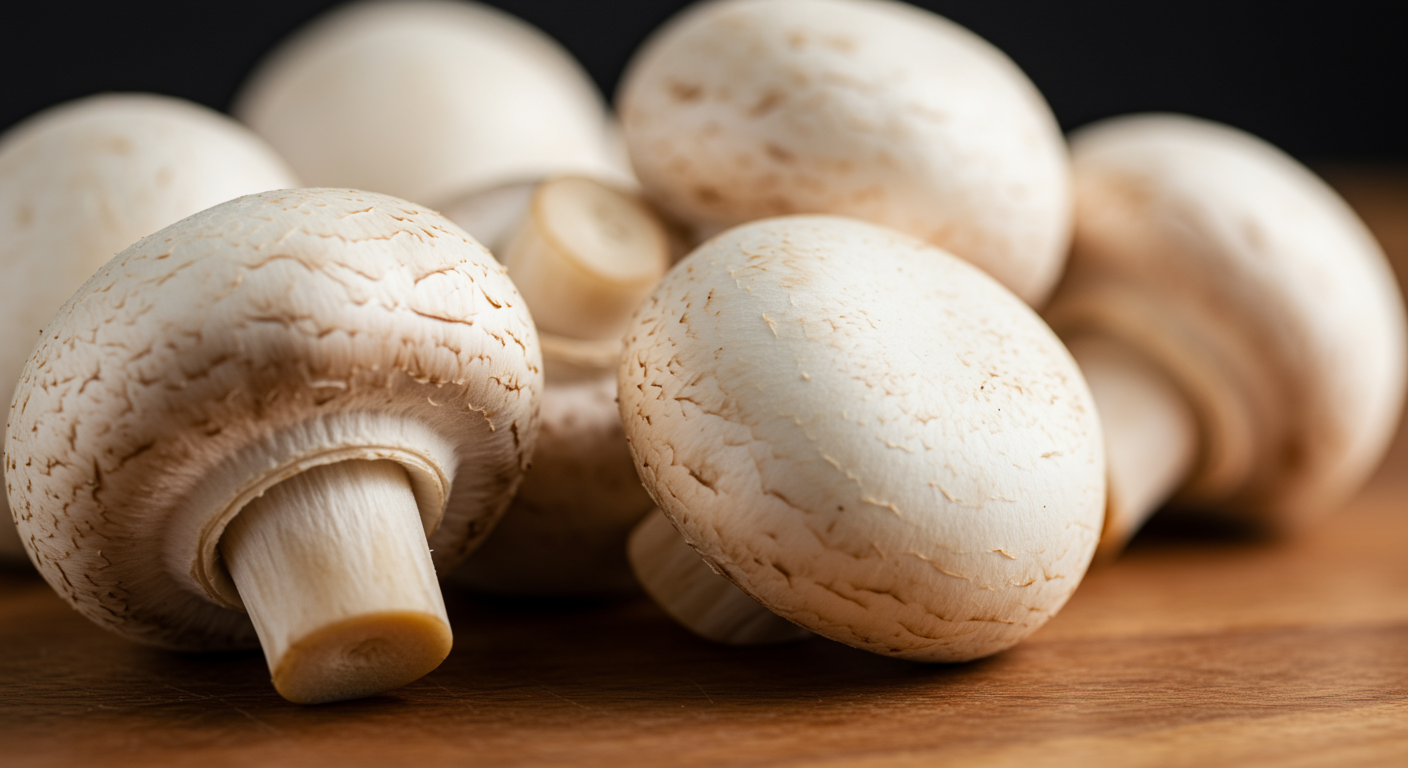

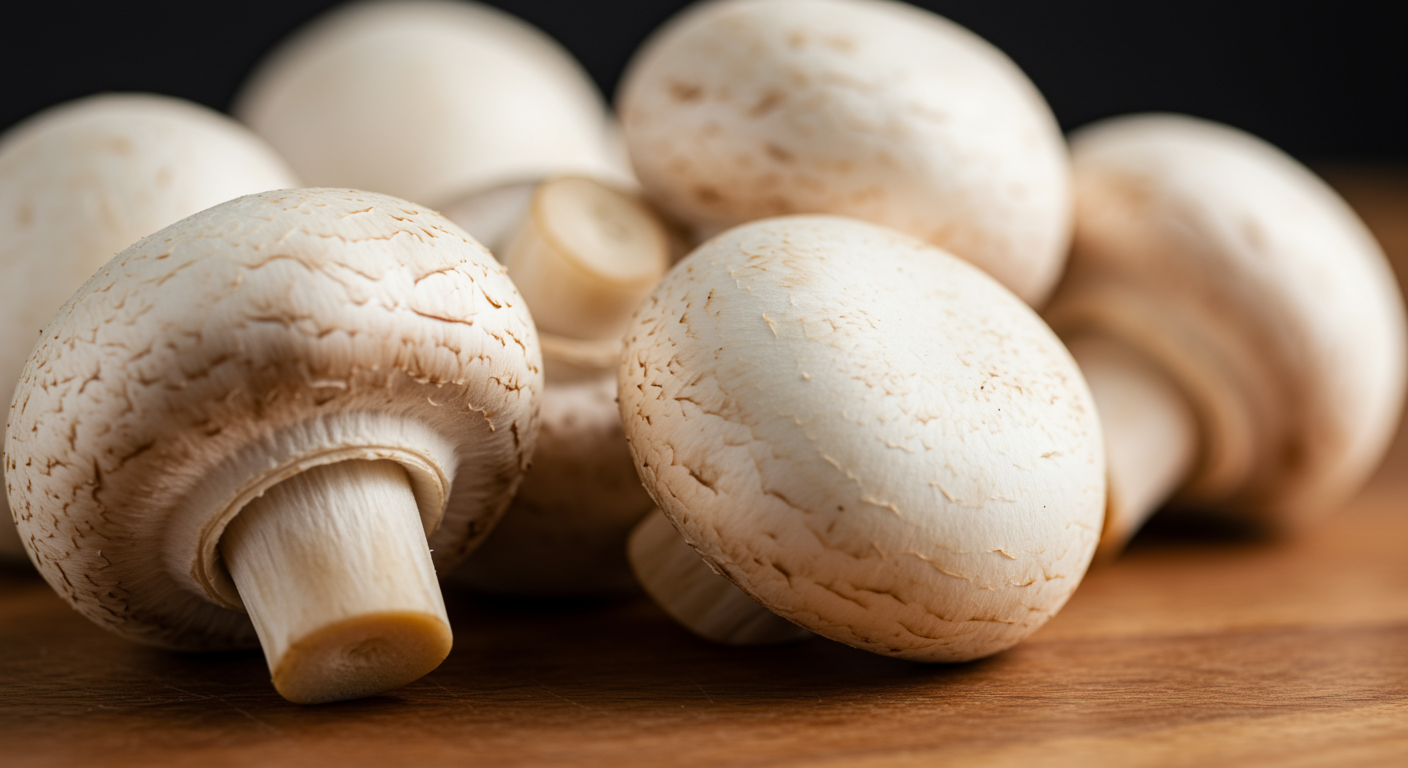
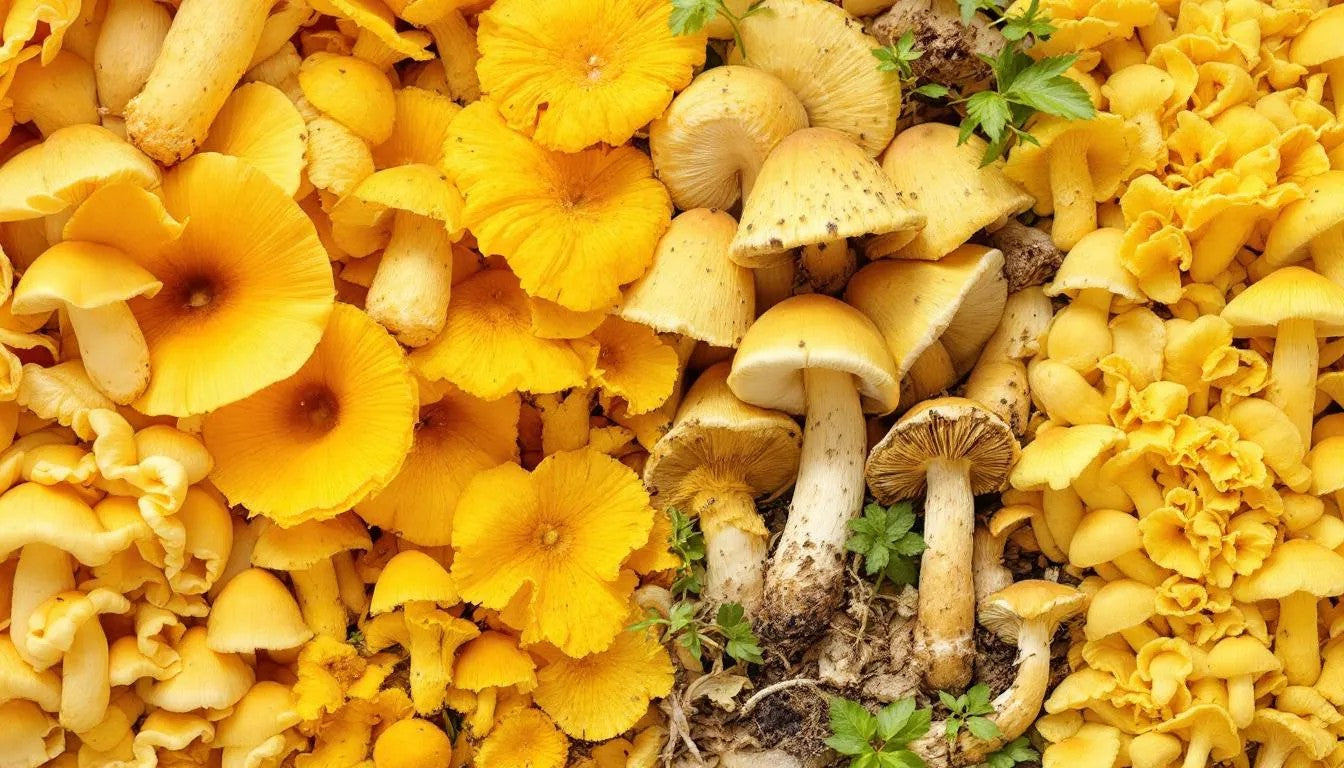
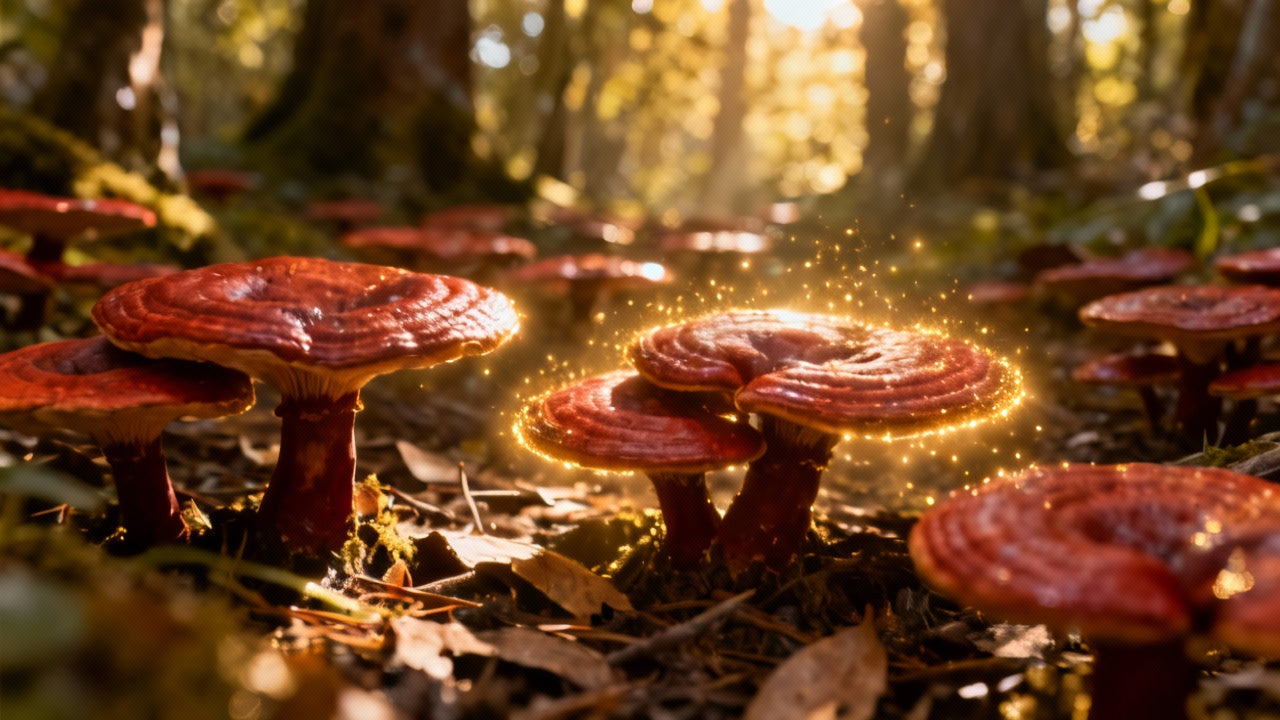
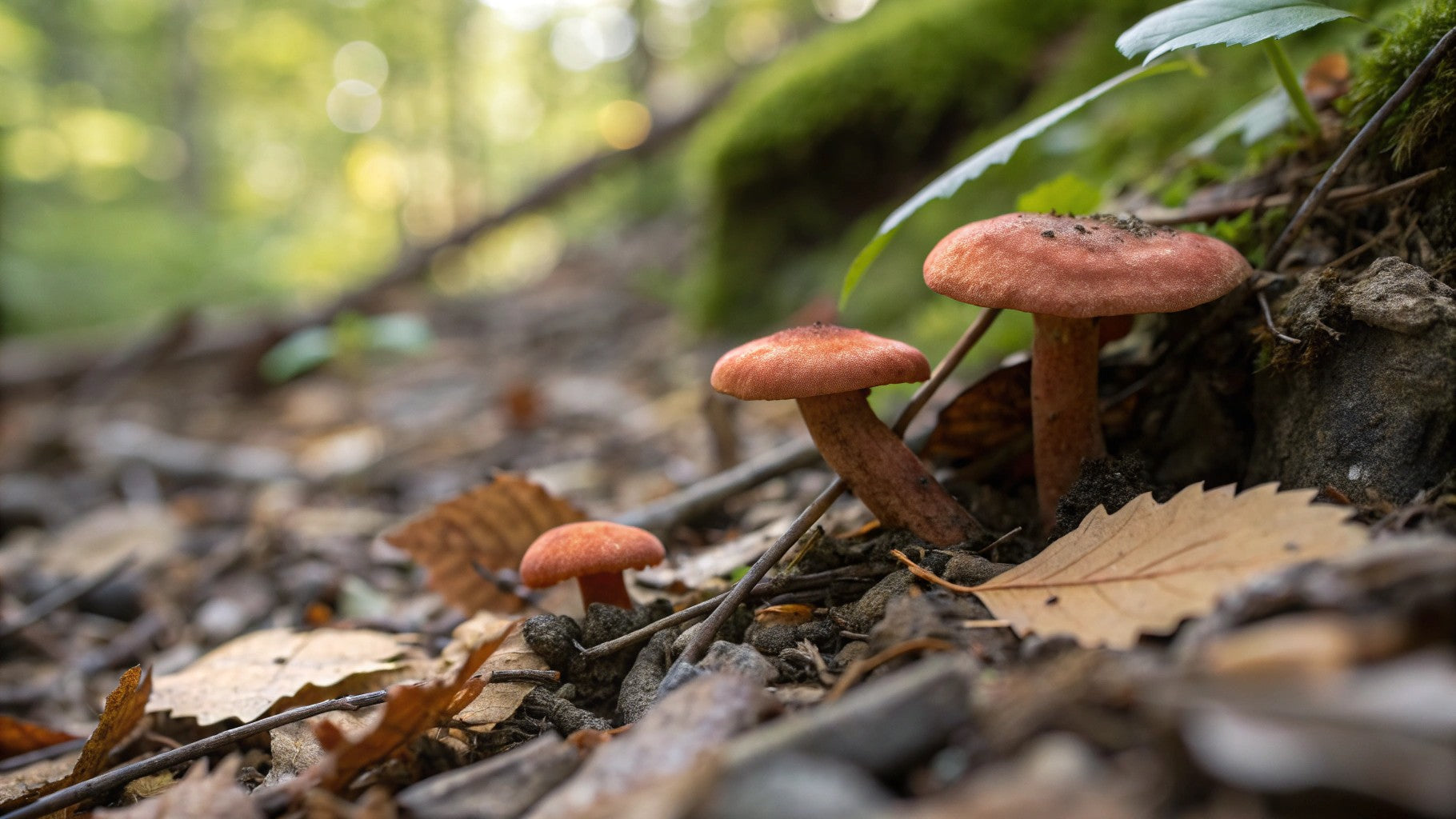

Share:
Can You Freeze Morel Mushrooms? A Simple Guide to Keeping Them Fresh
How to Plant Morel Mushrooms Successfully: A Complete Growing Guide